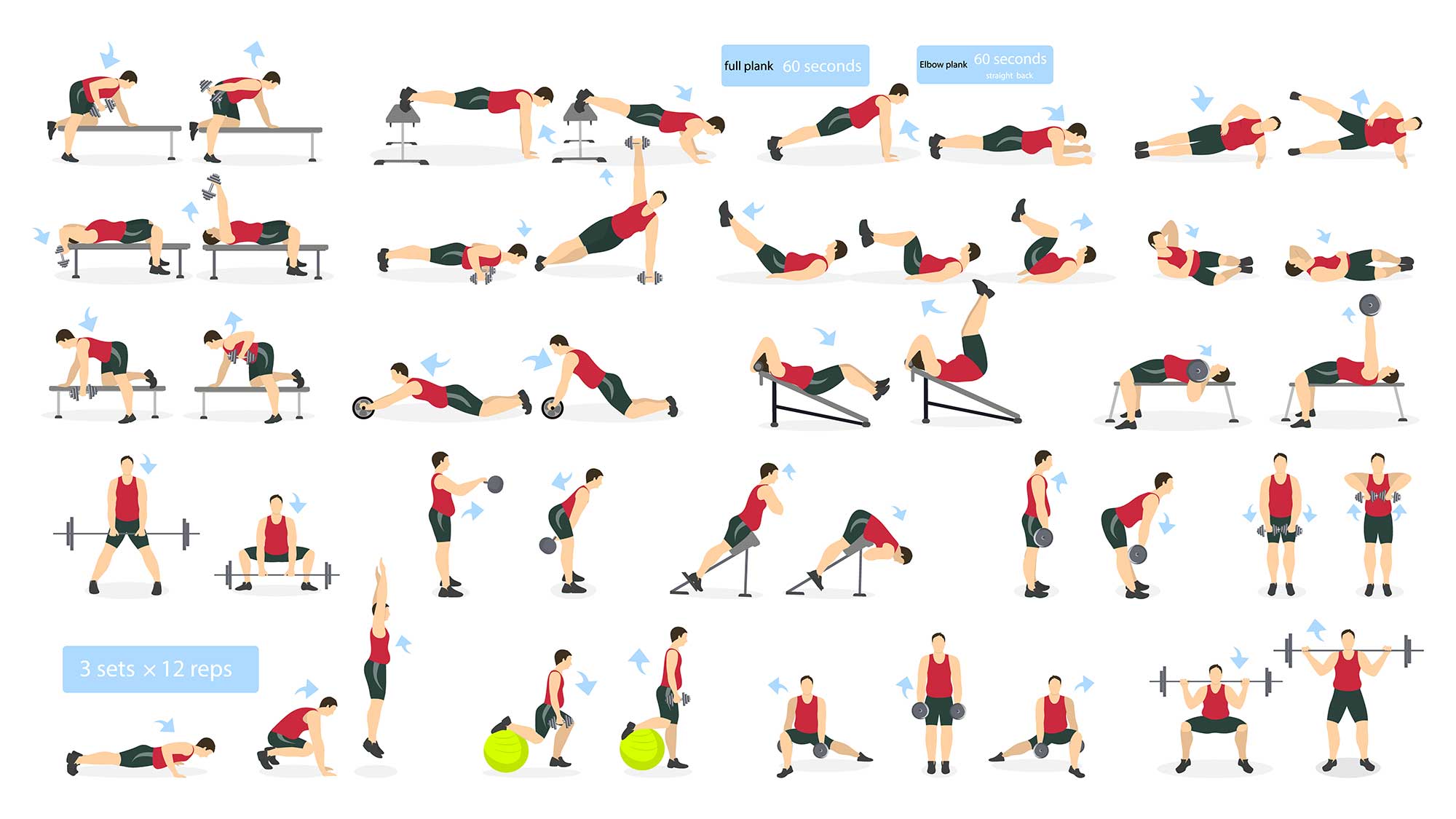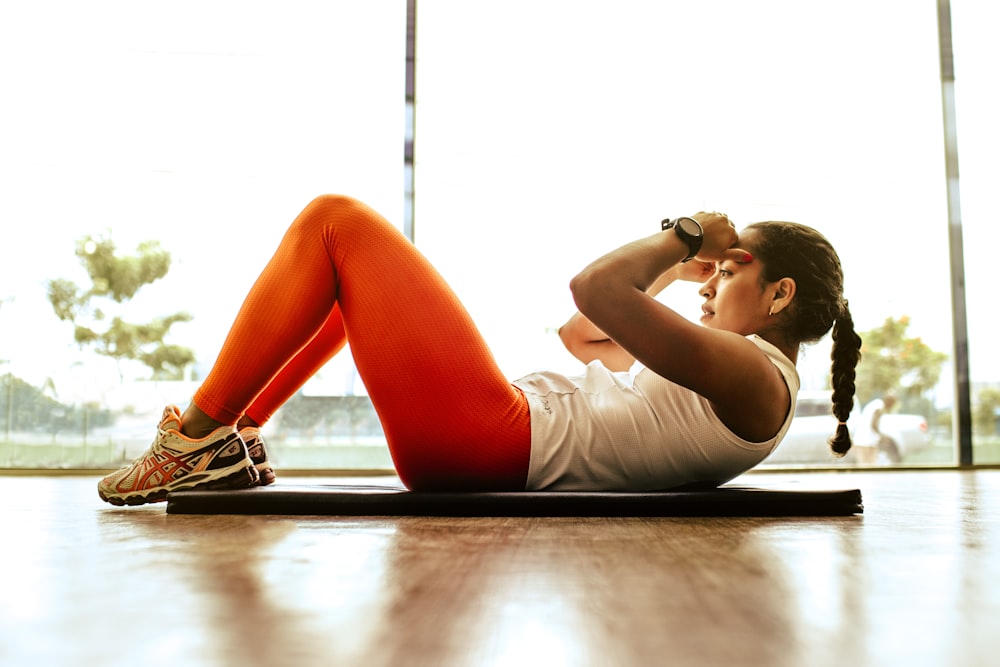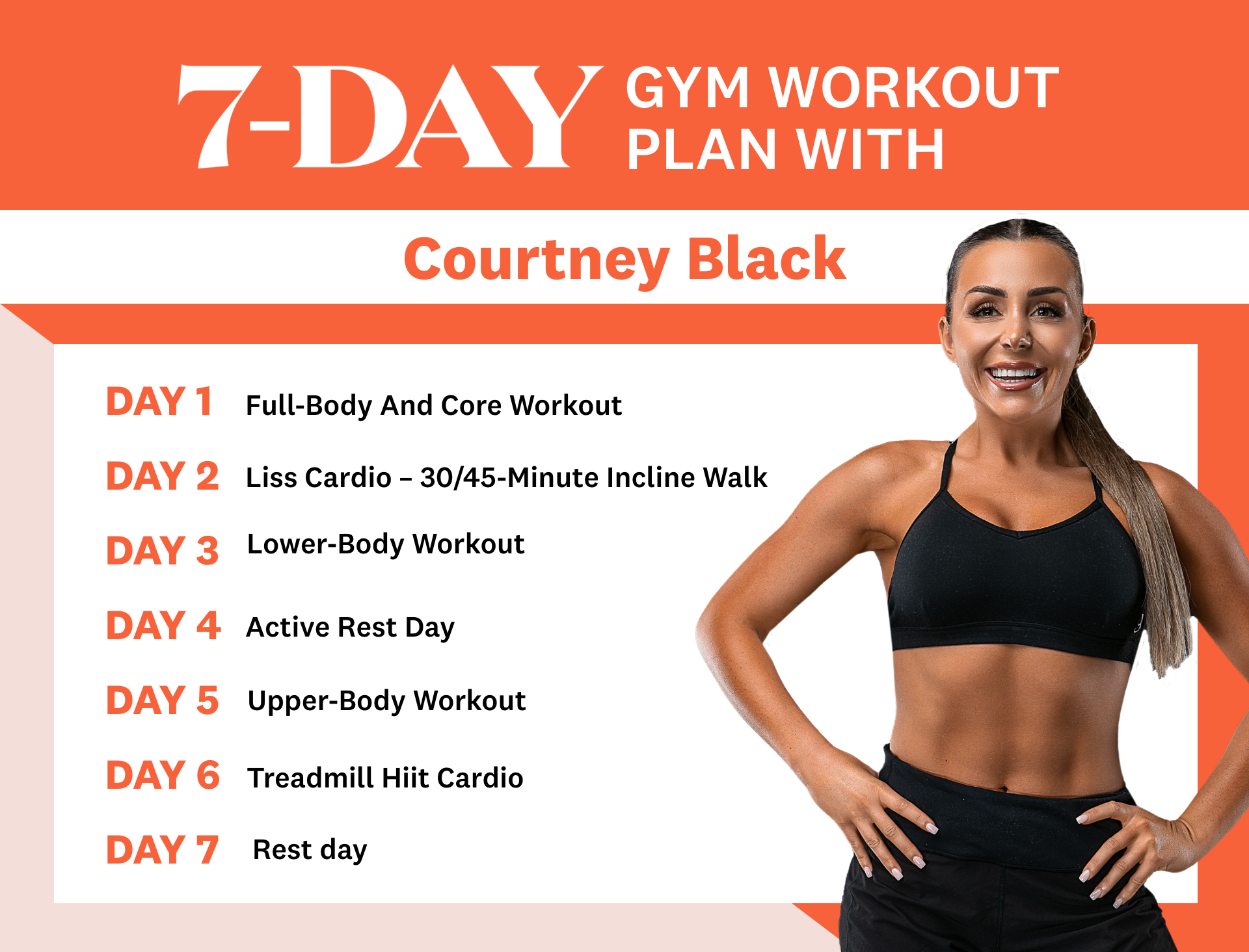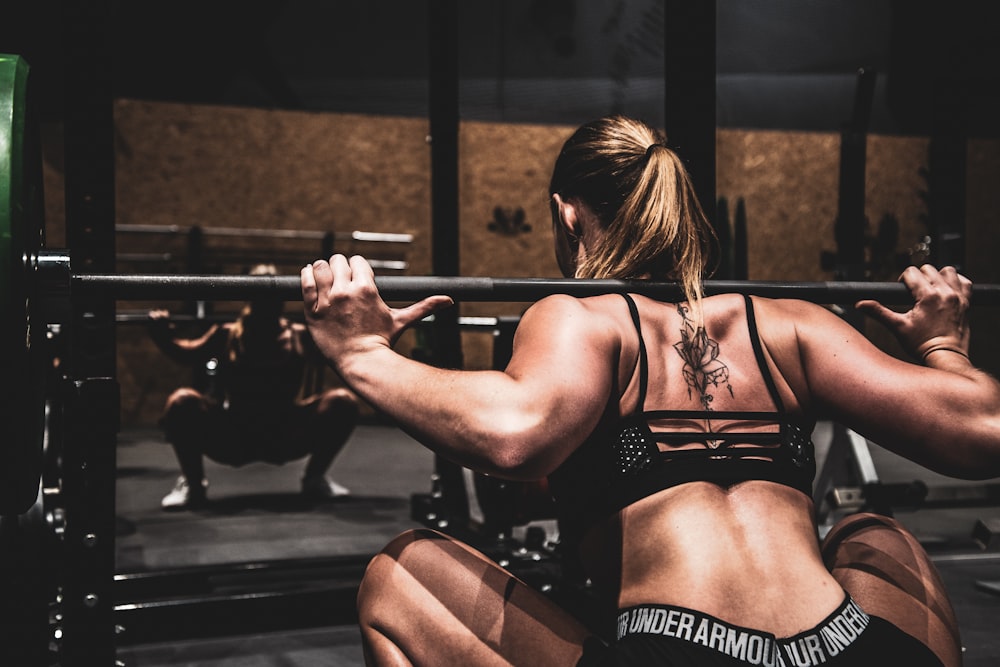Forge a Powerful Foundation Lower Body Workout Guide
Unlocking Lower Body Strength: Crafting Your Fitness Foundation
Understanding the Importance of Lower Body Training
In the realm of fitness, the lower body often takes a backseat to more visible muscle groups like the arms and chest. However, neglecting lower body training can hinder overall strength and athletic performance. Understanding the importance of lower body training is the first step towards crafting a solid fitness foundation.
Building Functional Strength
The lower body serves as the foundation for nearly every movement we make, whether it’s walking, running, or lifting objects. By prioritizing lower body training, individuals can build functional strength that translates into improved performance in daily activities and sports. From climbing stairs to carrying groceries, a strong lower body is essential for maintaining independence and vitality.
Enhancing Athletic Performance
For athletes, lower body strength is paramount for success in their respective sports. Whether it’s sprinting on the track, jumping on the basketball court, or tackling opponents on the field, explosive lower body power can make all the difference. By incorporating targeted lower body exercises into their training regimen, athletes can enhance their speed, agility, and overall athletic performance.
Preventing Injuries and Imbalances
Weaknesses or imbalances in the lower body can lead to a variety of injuries, ranging from minor strains to more serious issues like ACL tears. By strengthening the muscles surrounding the hips, knees, and ankles, individuals can mitigate the risk of injury and improve overall joint stability. Additionally, balanced lower body training can help correct any existing imbalances, promoting better alignment and reducing the likelihood of overuse injuries.
Targeting Key Muscle Groups
A well-rounded lower body training program should target a variety of muscle groups, including the quadriceps, hamstrings, glutes, and calves. Compound exercises like squats, lunges, and deadlifts are particularly effective for engaging multiple muscle groups simultaneously, while isolation exercises can be used to target specific areas of the lower body in greater detail. By incorporating a mix of exercises into their routine, individuals can ensure comprehensive muscle development.
Designing Your Lower Body Workout Plan
When designing a lower body workout plan, it’s essential to consider factors such as fitness level, goals, and available equipment. Beginners may start with bodyweight exercises or light resistance, gradually increasing intensity as they build strength and confidence. Intermediate and advanced individuals may incorporate heavier weights or advanced techniques like plyometrics to further challenge their muscles and stimulate growth.
Progressive Overload and Recovery
Progressive overload is a fundamental principle of strength training that involves gradually increasing the intensity, volume, or frequency of workouts over time. By progressively challenging the muscles, individuals can stimulate adaptation and growth, leading to continued gains in strength and size. However, it’s equally important to prioritize recovery and allow the muscles adequate time to rest and repair between workouts. This balance between stress and recovery is essential for maximizing results and minimizing the risk of overtraining.
The Role of Nutrition and Hydration
In addition to training, proper nutrition and hydration are crucial for supporting lower body strength and recovery. Consuming an adequate amount of protein, carbohydrates, and healthy fats provides the essential nutrients needed for muscle repair and growth. Staying hydrated is also important for maintaining optimal performance and preventing dehydration, which can impair physical and cognitive function during workouts. By fueling their bodies properly, individuals can optimize their lower body training efforts and achieve better results.
Incorporating Flexibility and Mobility Work
Finally, flexibility and mobility work should not be overlooked in a comprehensive lower body training program. Stretching and mobility exercises help improve joint range of motion, reduce stiffness, and prevent muscle tightness, ultimately enhancing overall movement quality and performance. Incorporating dynamic stretches, foam rolling, and mobility drills into your warm-up and cool-down routines can help promote better flexibility and mobility in the lower body, allowing for smoother, more efficient movement patterns during workouts and everyday activities.
Creating Your Path to Lower Body Strength
In conclusion, prioritizing lower body training is essential for unlocking your full fitness potential and building a solid foundation for overall strength and performance. By understanding the importance of lower body strength, designing a well-rounded workout plan, and supporting your efforts with proper nutrition and recovery strategies, you can embark on a journey towards greater lower body strength, athleticism, and overall wellness. Read more about lower body program









